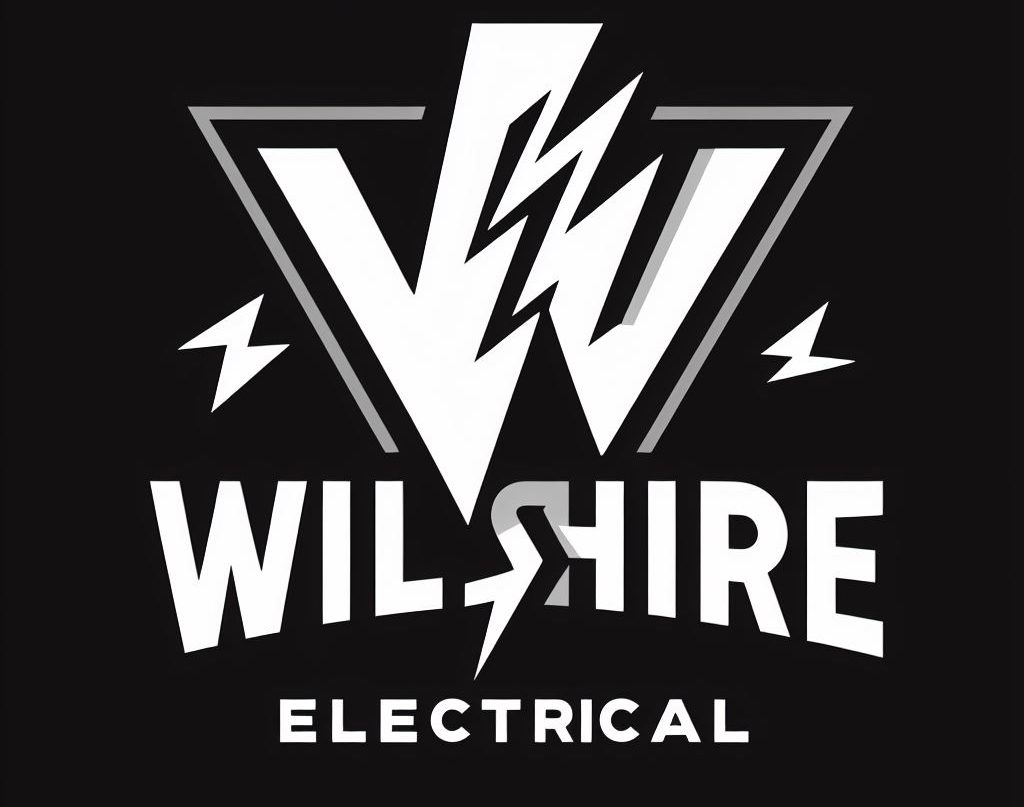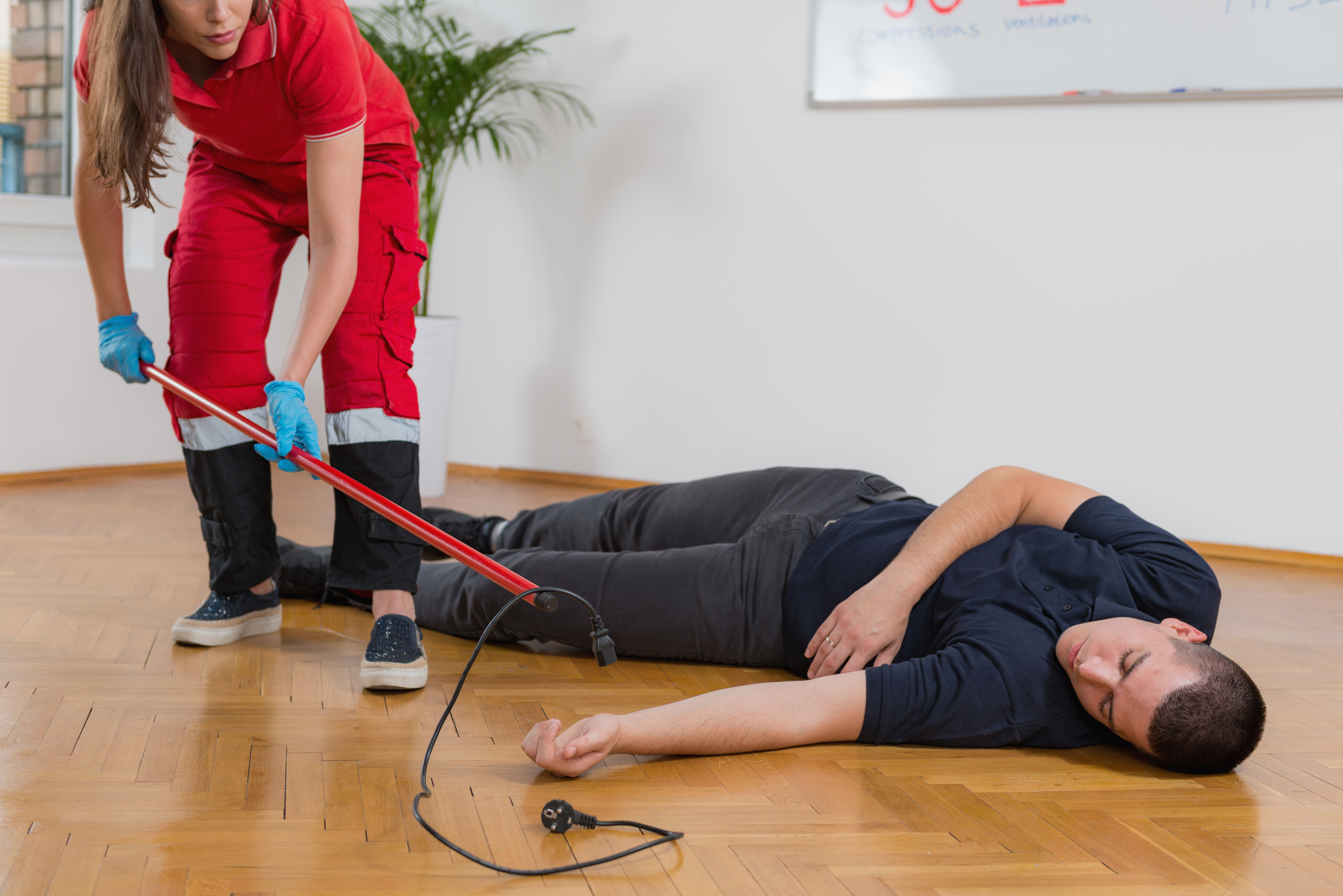
As a business owner in the electrical equipment industry, I’m thrilled to share this article on the new regulations for electrical equipment. These regulations are designed to ensure the safety of products in the market. By understanding and following these rules, we can guarantee that the electrical equipment we provide is safe and meets all necessary standards. Let’s work together to protect consumers and foster a culture of safety in our industry.
Legislative Background and Purpose of the Regulations
The legislative background of the regulations provides vital context for understanding the purpose behind them. The Electrical Equipment (Safety) Regulations 2016 aim to ensure safe products on the GB market. As a manufacturer, I understand the impact these regulations have on businesses. The challenges for manufacturers include demonstrating how our products meet the safety objectives and going through the conformity assessment procedure. We must also keep technical documentation and the declaration of conformity for 10 years. Additionally, our equipment must be labeled with clear instructions and our company information. These regulations not only ensure the safety of consumers but also require manufacturers to invest time and resources to comply with the necessary requirements. Despite the challenges, the regulations ultimately protect businesses and consumers alike.
Scope and Coverage of the Regulations
As a manufacturer, I must understand the scope and coverage of the regulations to ensure compliance with the safety objectives for electrical equipment. The regulations apply to electrical equipment within specific voltage ranges, covering both domestic and workplace equipment. However, there are exemptions listed in Regulation 3 (2) that may exclude certain types of equipment from the requirements. To ensure compliance, manufacturers must conduct an impact assessment to determine if their equipment falls within the regulated scope and if any exemptions apply. This assessment helps in understanding the obligations and requirements for conformity assessment procedures, technical documentation, labeling, and marking. By thoroughly assessing the scope and exemptions, manufacturers can ensure that their electrical equipment meets the necessary safety standards and regulations.
Obligations of Manufacturers
My obligations as a manufacturer include ensuring that my electrical equipment is designed and manufactured according to the safety objectives outlined in the regulations. These obligations are crucial for the safety of consumers and the overall reputation of my business. However, these obligations can also have an impact on small businesses like mine. The challenges faced by manufacturers include the need to allocate resources for conformity assessment procedures and technical documentation, as well as the requirement to affix the declaration of conformity and UKCA marking to the equipment or packaging. Additionally, keeping the technical documentation and declaration of conformity for 10 years can be a logistical challenge. Despite these challenges, it is essential for manufacturers to prioritize safety and comply with the regulations to ensure the well-being of consumers and maintain the integrity of the industry.
Conformity Assessment and Technical Documentation
When it comes to conformity assessment and technical documentation, it is important for manufacturers to ensure that their electrical equipment meets the safety objectives outlined in the regulations. To do this, manufacturers must go through a conformity assessment process to demonstrate that their equipment complies with the necessary safety requirements. In addition, they must also fulfill certain documentation requirements to provide evidence of compliance. Here are four key aspects of conformity assessment and technical documentation:
- Conducting tests and assessments to verify the safety of the equipment.
- Preparing and maintaining technical documentation that details the design, construction, and performance of the equipment.
- Creating a declaration of conformity that states the equipment meets the safety objectives.
- Affixing the appropriate markings, such as the UKCA mark, to the equipment or packaging to indicate compliance.
UKCA Marking and Labeling Requirements
To ensure compliance with the new regulations, manufacturers must affix the UKCA mark and appropriate labels to their electrical equipment or packaging. The UKCA marking implementation requires that the mark be placed visibly, legibly, and indelibly on the equipment or packaging. Additionally, labeling requirements for workplace equipment include providing clear instructions and the manufacturer’s information on the equipment. The following table highlights the specific labeling requirements for electrical equipment:
| Labeling Requirements | Workplace Equipment |
|---|---|
| Manufacturer’s Information | Name, address, and contact details |
| Clear Instructions | How to use, install, and maintain |
| Warning Labels | Hazard symbols and safety warnings |
| Product Identification | Model number and serial number |
Authorized Representatives and Importers
As an authorized representative or importer, I frequently ensure compliance with the new regulations for electrical equipment. It is my responsibility to understand and uphold the compliance obligations set forth in the regulations. Here are some key points that highlight the importance of authorized representatives and importers in ensuring compliance:
- Authorized representatives act on behalf of manufacturers and perform various tasks related to compliance.
- Importers, on the other hand, are UK-based individuals or businesses that bring equipment into the GB market from outside the UK.
- Importers have additional obligations, such as checking conformity assessment procedures and including their details on the equipment or packaging.
- These obligations also apply to EEA-supplied goods placed on the GB market by businesses in Northern Ireland.
Obligations for Equipment Sold From GB to NI or the EU
As an authorized representative and importer, my obligations for equipment sold from GB to NI or the EU are to ensure that the equipment is labeled with the NI or EU-based importer’s address and to inform the manufacturer and market surveillance authority of any risks. Additionally, there are specific requirements for NI or EU-based importers in this process. Importers must ensure that the equipment is in conformity with safety objectives and comply with relevant conformity assessment, technical documentation, and UKCA marking requirements. They must also keep the declaration of conformity and technical documentation for 10 years. Importers are also responsible for providing their name, registered trade name or mark, and a postal address on the equipment or packaging.
To emphasize the obligations of distributors in this process, here is a table:
| Obligations of Distributors |
|---|
| Ensure equipment is in conformity with safety objectives |
| Take corrective actions if the equipment is not in conformity |
| Cooperate with enforcing authorities and provide requested information |
Distributors play a crucial role in ensuring the safety of electrical equipment by ensuring its conformity and taking necessary actions when non-compliance is detected.
Requirements for NI or EU-based Importers
First, let me outline the requirements for NI or EU-based importers in regards to electrical equipment sold from GB to NI or the EU. Importers play a crucial role in ensuring the safety of electrical equipment and must adhere to certain responsibilities. Here are the key requirements:
- Conformity Assessment Procedures: Importers must carry out thorough conformity assessment procedures to ensure that the electrical equipment meets the necessary safety standards.
- Product Safety: Importers have the responsibility of ensuring the safety of the electrical equipment they import. They must take necessary measures to identify and address any potential risks or hazards associated with the equipment.
- Informing Manufacturer and Market Surveillance Authority: Importers must inform the manufacturer and the relevant market surveillance authority of any risks or non-compliance issues identified with the electrical equipment.
- Compliance with Regulations: Importers must ensure that the electrical equipment meets all the regulatory requirements, including the applicable technical documentation and UKCA marking.
Obligations of Distributors
Distributors play a crucial role in ensuring the safety of electrical equipment by ensuring that it is in conformity with safety objectives. As a distributor, my responsibilities include verifying that the equipment meets the necessary safety standards before placing it on the market. This involves conducting thorough checks and inspections to ensure compliance. However, compliance challenges can arise due to various factors, such as changes in regulations or the complexity of the equipment. It is essential for distributors to stay updated with the latest requirements and communicate effectively with manufacturers and enforcing authorities to address any non-compliance issues promptly. By fulfilling these obligations, distributors contribute to the overall safety of electrical equipment and help protect consumers and users from potential hazards.
Corrective Actions and Cooperation With Enforcing Authorities
My role as a distributor involves taking prompt corrective actions and cooperating closely with enforcing authorities to ensure compliance with the new regulations for electrical equipment. To achieve this, I implement the following measures:
- Regular inspections: I conduct regular inspections of the electrical equipment to identify any non-compliance issues and take immediate corrective actions.
- Training and education: I provide training and education to my staff on the new regulations, ensuring they are well-informed and equipped to identify and address any compliance issues.
- Documentation and record-keeping: I maintain thorough documentation and records of the electrical equipment, including conformity assessments and technical documentation, to demonstrate compliance with the regulations.
- Cooperation with enforcing authorities: I actively cooperate with enforcing authorities, such as local trading standards authorities and the Health and Safety Executive, providing them with any requested information and supporting their enforcement measures.
Enforcement Authorities for Consumer Goods in Great Britain
The Health and Safety Executive (HSE) is the primary enforcement authority for consumer goods in Great Britain, ensuring compliance with the new regulations for electrical equipment. They play a crucial role in safeguarding consumer safety by enforcing the 2016 Regulations and taking action against non-compliant products. However, it’s important to note that the HSE is not the only enforcement authority in Great Britain. Other authorities, such as the Office of Nuclear Regulation and the Secretary of State, also have the power to enforce the regulations for specific types of equipment. This multi-agency approach ensures that all consumer goods, including electrical equipment, meet the necessary safety standards. To give you a clearer picture, here is a table outlining the different enforcement authorities for consumer goods in Great Britain:
| Enforcement Authority | Responsibilities |
|---|---|
| Health and Safety Executive (HSE) | Enforces the 2016 Regulations for electrical equipment intended for workplace use in Great Britain |
| Office of Nuclear Regulation | Enforces the 2016 Regulations for equipment in nuclear sites |
| Secretary of State (or appointed person) | Has the power to enforce the 2016 Regulations |
| Market Surveillance Authorities | Have the power to take action against economic operators for non-compliant products and require cooperation from economic operators |
These enforcement authorities work together to ensure that consumer goods, particularly electrical equipment, meet the necessary safety standards and protect consumers from potential hazards.
Market Surveillance and Action Against Non-Compliant Products
As an enforcement authority, I have the responsibility to conduct market surveillance and take action against non-compliant products. To ensure the safety of electrical equipment on the market, I implement various market surveillance measures. These measures include:
- Regular inspections and audits of manufacturers and importers to ensure compliance with safety objectives.
- Testing of samples from the market to detect any non-compliant products.
- Collaboration with other enforcement authorities and stakeholders to share information and resources.
- Monitoring of consumer feedback and complaints to identify potential risks or issues.
Consequences for non-compliant products can be severe. They may include product recalls, fines, and even legal action. In addition, non-compliant products can pose serious risks to consumers, such as electric shocks, fires, or other accidents. Therefore, it is crucial for me to actively monitor the market and take swift action against any non-compliant products to ensure the safety of electrical equipment for consumers.










